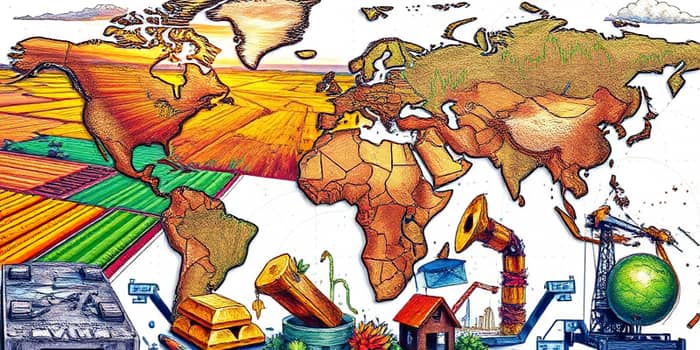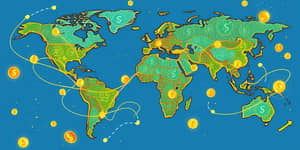
Commodity markets are inherently unpredictable, subject to highly volatile price movements driven by a blend of economic, political, and environmental factors. Whether you trade agricultural products, energies, or metals, forecasting price trajectories is essential to mitigate risk and seize opportunities. This article delves into the key drivers of volatility, explores forecasting methodologies from classical econometrics to advanced AI, and provides actionable insights to empower your decision-making.
Commodity prices can swing dramatically in response to geopolitical conflicts, tax changes, natural disasters, and labor strikes. Each shock ripples through the supply chain, exposing businesses and economies to significant risk to supply chains. For example, a sudden drought can decimate crop yields, while a war can disrupt oil production and shipping routes.
External events amplify volatility at all stages—extraction, processing, distribution, and consumption. Recognizing the multifaceted nature of these drivers is the first step toward developing resilient forecasting strategies that incorporate both market history and real-time developments.
Over decades, analysts have refined a spectrum of forecasting approaches. Each method offers unique strengths and limitations, making it vital to select the right combination for your objectives.
Researchers have also introduced contextual and event-driven models that integrate real-world events from news sources. By quantifying shocks such as tax hikes or natural disasters, these frameworks refine predictions beyond pure historical trends.
Below is a comparative overview of leading forecasting methods:
Innovative platforms now harness AI to deliver real-time forecasts and risk management solutions. Leading tools include ChAI, Vesper, and PriceVision, each offering unique capabilities to streamline commodity planning.
Common features of these modern tools are comprehensive data and AI-powered forecasts, mobile accessibility, and tailored models for specific industries. By incorporating geopolitical and macroeconomic factors, they offer daily, weekly, and long-term outlooks aligned with business needs.
Accurate commodity forecasts unlock vital benefits across supply chain and risk management functions. Companies can optimize procurement, inventory levels, and pricing strategies with foresight into potential market shifts.
By integrating multiple forecasting methods, firms gain resilience. For instance, combining econometric forecasts with live AI-driven alerts and event-driven adjustments yields a dynamic, responsive system.
The transition toward renewable energy commodities and the lingering effects of COVID-19 and geopolitical tensions underscore the urgency of robust forecasting. Decision makers who embrace optimized supply chain and inventory management while preparing for unanticipated shocks are best positioned to thrive in turbulent markets.
In conclusion, mastering commodity price prediction demands a holistic approach: blend historical analysis with machine learning, incorporate real-time event data, and leverage specialized forecasting platforms. Embracing this multifaceted strategy empowers businesses, governments, and investors to navigate uncertainty with confidence and agility.













